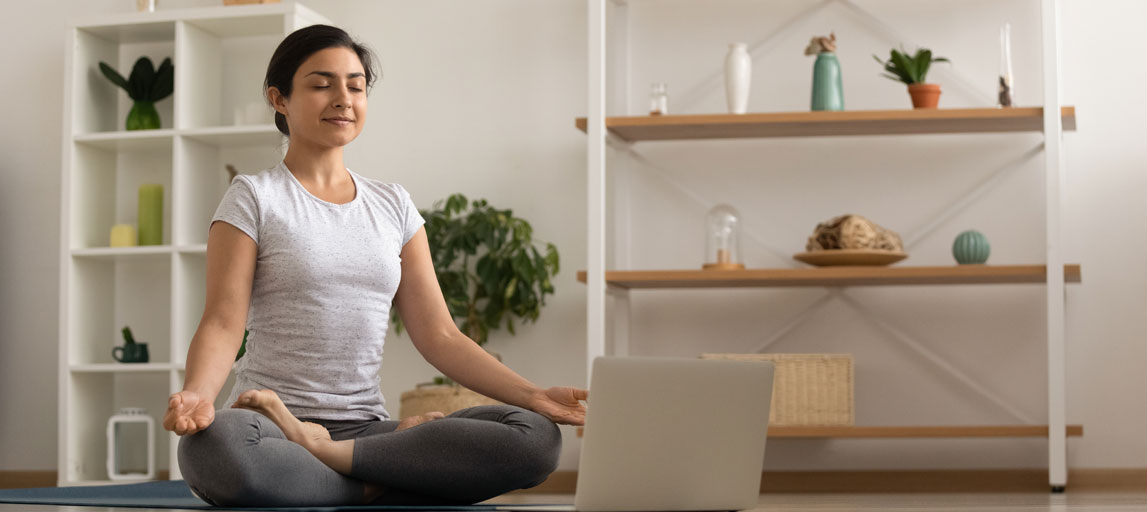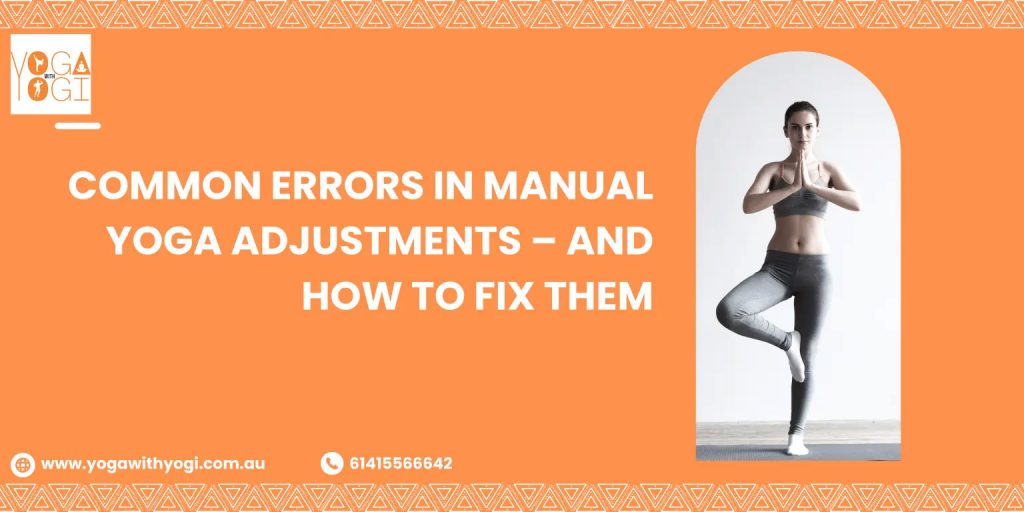Receiving a superb manual cue in class—also known as manual yoga “adjustments” or “hands-on assists”—is the best thing you can do. The nervous system unwinds when the body settles into position. Sadly, the reverse is also accurate. Receiving a subpar or incorrect adjustment causes the body to tense up, the breath to become more laboured, and the neurological system to become irritated.
A competent manual yoga adjustment under the experts of yoga in castle hill effectively explains the pose’s movements to your body so that it may comprehend the posture better. A poor adjustment is intrusive and ineffective. Like verbal cues, manual cues merely convey to the student the actions of the pose. The goal is to better explain the posture to the pupil by using your hands to speak with his or her body directly.
Ideas For Honing Your Approach To Manual Yoga Adjustments During Yoga Class:
Observe before you adjust
It can be difficult to simply pause and wait until you can clearly see a student’s physique. Instead, you can focus on making a leverage-based change after noticing the most evident aspect of a student’s position. Prior to starting, it’s crucial to watch your students. This delay will not only let you more thoroughly scan the space, but it will also give you a chance to center yourself before you try to steady someone else.
Put fires out first
Look around the space for potentially hazardous or unpleasant postures. Before you go around and “deepen” adjust someone who doesn’t actually need it, adjust these people first. Your pupils’ safety at work is more important than deepening anyone’s backbend.
Create steadiness; not intensity
Encourage your students to adopt more stable, relaxed, and upright postures. Find ways to make them feel more balanced and anchored rather than attempting to extend their range of motion. Increases in intensity can be risky, particularly if the pupil is not grounded.
Stabilize the Foundation
Creating stable, balanced contact with the floor with your kids is one of the best methods to adapt them. The rest of a student’s body will have to work significantly harder to maintain balance if their postural base is wrong. Their effort will be dispersed ineffectively, resulting in unneeded tension throughout the body.
Know your student
Before their teacher makes an adjustment, the majority of children are already close to their maximal range of motion (at least temporarily). This implies that before you offer them any manual cues, your students are already on edge. Your student is already under stress, therefore there shouldn’t be any more motion than is necessary. The line between deepening the position and injuring yourself is quite thin. a razor-thin line. Working with a student you are familiar with will make you a lot safer and more skilled. Do not apply force to the student’s body as it moves into the pose. Simply create more solidity and grounding with your hands to help them.
Take your time
Everyone dislikes a hasty adjustment. Hasty yoga modifications disturb the neurological system, the psyche, and the body. Give your students plenty of time to acclimate, and accept that not everyone will be touched 800 times during class. Always choose fewer high-quality tweaks over more mediocre ones.
Observe how your students respond
When you move a student, occasionally you’ll feel them relax into the new position out of comfort and relief. Sometimes you’ll notice the student’s body tensing up or flinching in resistance. Sometimes a student may not desire more rigour or they may be trying to protect themselves from getting hurt. When doing an adjustment, it’s critical to pay attention to their breath and other physical cues. The ability to recognise and react to these signals is a prerequisite for mastering skilled touch.
Visit https://www.yogawithyogi.com.au/ to find out more about yoga and its techniques.





